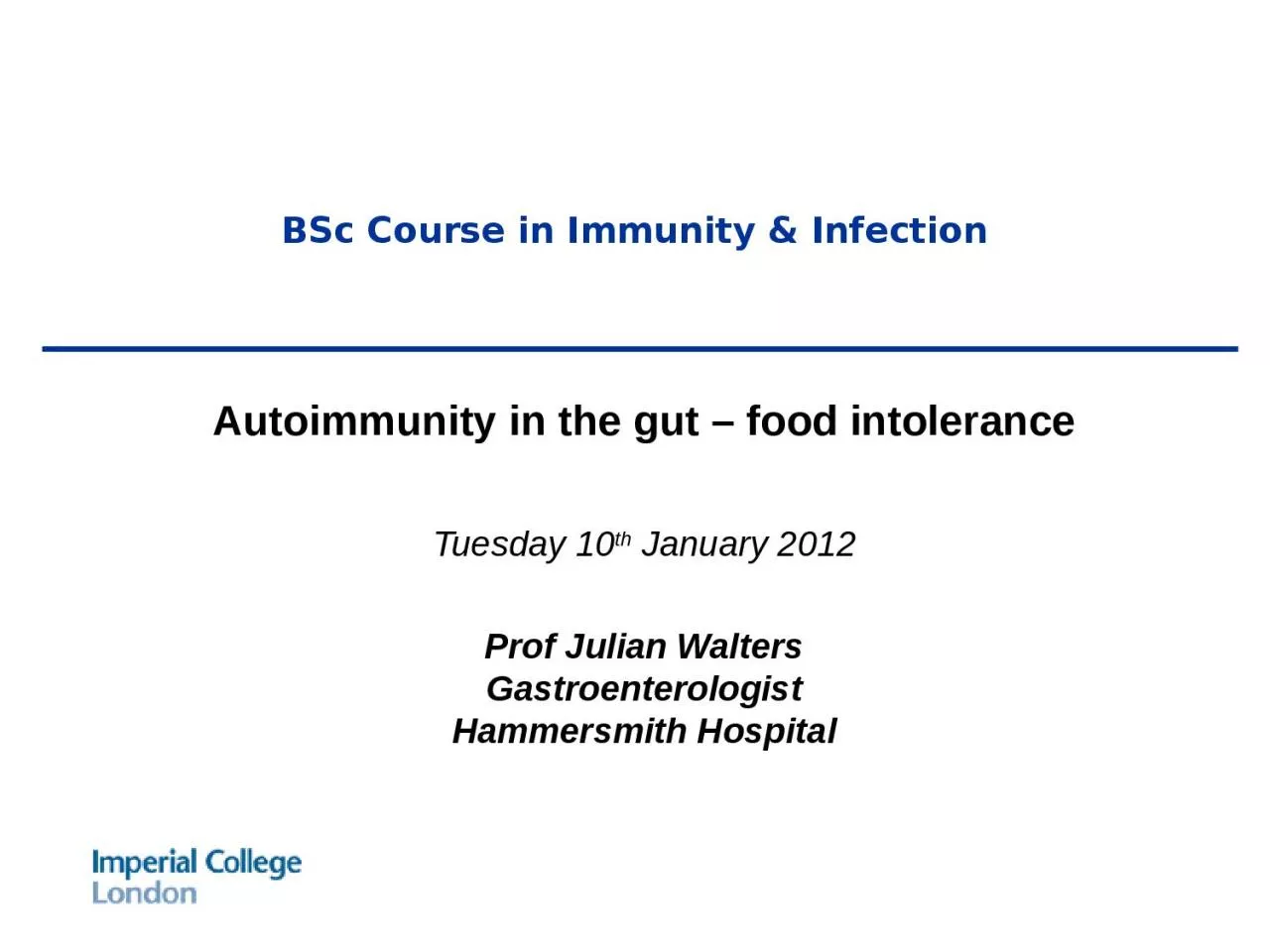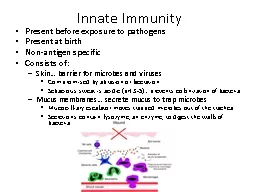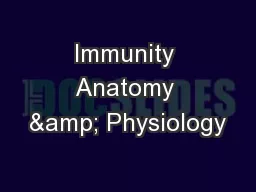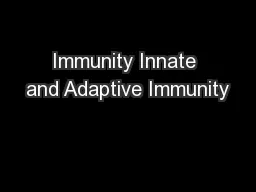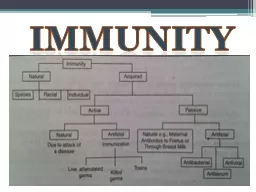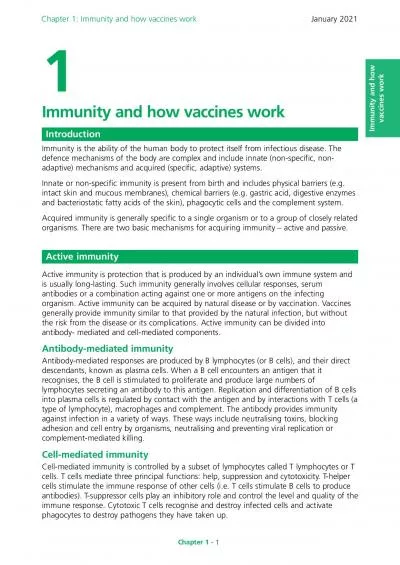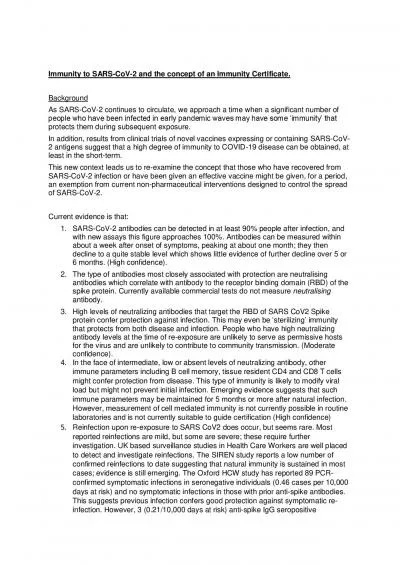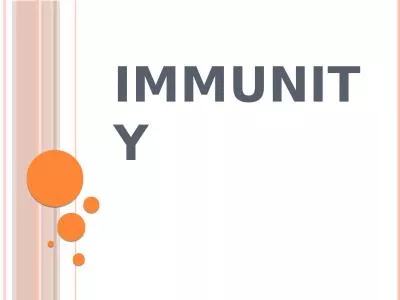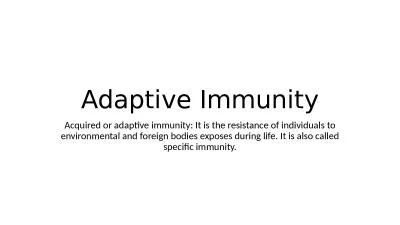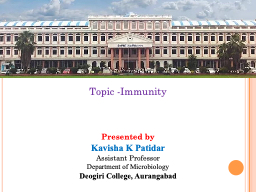PPT-BSc Course in Immunity & Infection
Author : jones | Published Date : 2022-06-11
Autoimmunity in the gut food intolerance Tuesday 10 th January 2012 Prof Julian Walters Gastroenterologist Hammersmith Hospital Food Intolerance Most food allergy
Presentation Embed Code
Download Presentation
Download Presentation The PPT/PDF document "BSc Course in Immunity & Infection" is the property of its rightful owner. Permission is granted to download and print the materials on this website for personal, non-commercial use only, and to display it on your personal computer provided you do not modify the materials and that you retain all copyright notices contained in the materials. By downloading content from our website, you accept the terms of this agreement.
BSc Course in Immunity & Infection: Transcript
Download Rules Of Document
"BSc Course in Immunity & Infection"The content belongs to its owner. You may download and print it for personal use, without modification, and keep all copyright notices. By downloading, you agree to these terms.
Related Documents

